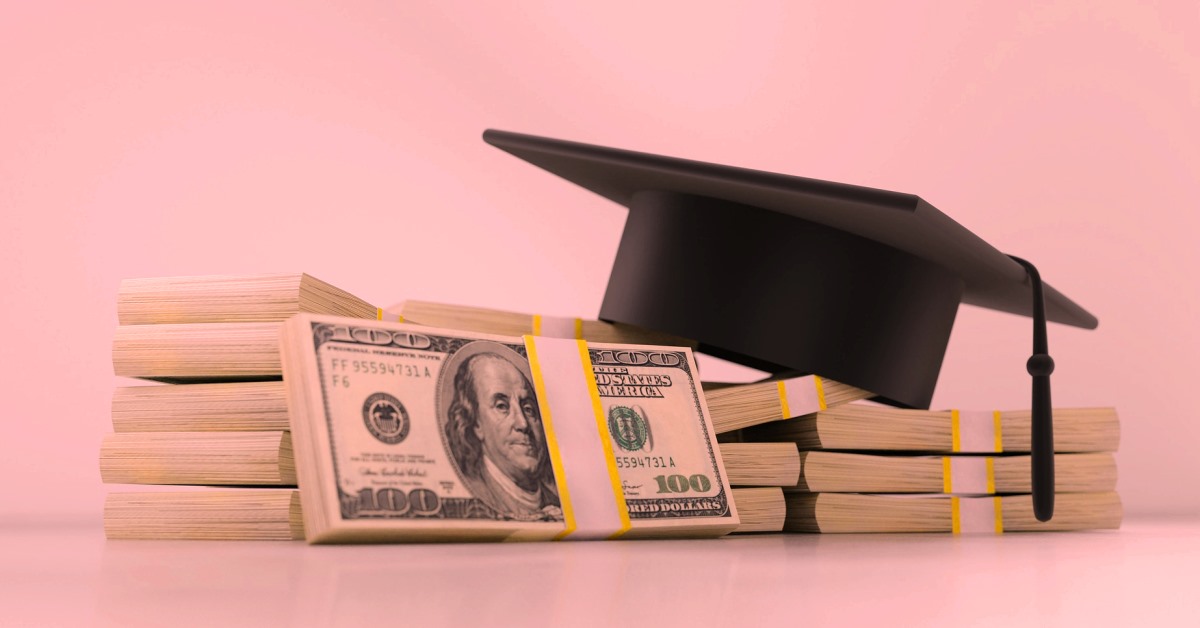
re: Homaidan v. Sallie Mae, Inc., et al., No. 20-1981 (2d Cir. July 15, 2021)
Generally speaking, student loans are extremely difficult to discharge in bankruptcy even under dire circumstances when guaranteed by a government unit or a non-profit institution. In some cases, as much as bankruptcy judges have wanted to discharge all or a portion of a student loan, they have reluctantly refused based on past precedent no matter how difficult the circumstances faced by the debtor. (This article from August 2019 explains.)
The statute governing the discharge of student loans is Bankruptcy Code Section 523(a)(8), which provides that a student loan cannot be discharged
(8) unless excepting such debt from discharge under this paragraph would impose an undue hardship on the debtor and the debtor’s dependents, for—
(A)(i) an educational benefit overpayment or loan made, insured, or guaranteed by a governmental unit, or made under any program funded in whole or in part by a governmental unit or nonprofit institution; or
(ii) an obligation to repay funds received as an educational benefit, scholarship, or stipend; or
(B) any other educational loan that is a qualified education loan, as defined in section 221(d)(1) of the Internal Revenue Code of 1986, incurred by a debtor who is an individual;
11 U.S.C. § 523(a)(8).
The Bruner Test
Public student loans are exempt from discharge absent findings that paying the debt would cause the debtor “undue hardship.” Most courts
apply the inflexible and rigorous three-part test adopted by the Second Circuit in Brunner v. New York State Higher Education Services Corp. 831 F.2d 395, 396 (2d Cir. 1987), often referred to as the Bruner test. Under Bruner, a debtor seeking a discharge must show:
“(1) that the debtor cannot maintain, based on current income and expenses, a minimal standard of living for the debtor or his or her dependents if forced to repay the loans;
(2) that additional circumstances exist indicating that this state of affairs is likely to persist for a significant portion of the repayment period of the student loans; and
(3) that the debtor has made good faith efforts to repay the loans.”
If a debtor cannot satisfy any one of these elements, then a bankruptcy court in a Brunner jurisdiction has little discretion to fashion relief and the request for a discharge must be denied.
Homaidan v. Sallie Mae
By contrast, when it comes to private student loans, some courts are finding ways to hold that all or a portion of a private student loan is dischargeable. In Homaidan v. Sallie Mae, Inc., et al., No. 20-1981 (2d Cir. July 15, 2021), the Second Circuit Court of Appeals held that the private student loans at issue were not subject to the discharge exemption under Section 523(a)(8)(A)(ii) as it was not an “obligation[s] to repay funds received as an educational benefit.”
The court first noted that there were three categories of educational debt that cannot be discharged in bankruptcy:
“(1) loans and benefit overpayments backed by the government or a nonprofit;
(2) obligations to repay funds received as an educational benefit, scholarship, or stipend; and
(3) qualified private educational loans.”
The lender did not argue that its loan fell under the first and third categories nor did it argue that it was a scholarship or stipend. The focus was on the plain language of the statute, i.e. (a)(ii), in terms of whether the loan was made for an educational benefit under Section 523(a)(ii). Here, the Second Circuit determined that the term “educational benefit” did not equate to a loan and instead equated to a scholarship and stipend. If Congress had intended to insert the term “loan” as an educational benefit in (a)(ii) it would have done so. Instead, the term, loan, is found elsewhere within the statute.
Because the appeal before the Second Circuit related to a Motion to Dismiss, the Debtor was not completely in the clear. The Second Circuit remanded the matter back to the bankruptcy court to consider whether the private student loans at issue were “qualified education loan[s]” and thus not subject to discharge under Section 523(a)(8)(B).
The takeaway here is that even though the Bruner test presents a very high standard, the Second Circuit offers some hope if a student is seeking to discharge a private student loan assuming it is an “obligation[s] to repay … educational benefits.” Thus, notwithstanding the high burden of showing “undue hardship” debtors may argue that that an educational debt that is deemed an “educational benefit” is dischargeable.

